50 Need to Know Project Management Terms & Definitions

Sorry, there were no results found for “”
Sorry, there were no results found for “”
Sorry, there were no results found for “”
Relevance and productivity for a pro in any industry require staying abreast with changes and evolving with the industry as it hits higher highs. The project management field calls for this and more, and that’s why we offer you this insightful list of project management terms to help you along!
Don’t settle for anything different if you need a project management approach that allows real-time customer feedback at every stage of project development. Agile supports collaboration, personal organization, and scalability depending on the needs of the project and the stakeholders. It breaks down complex and large products into short and manageable bits called sprint scrums.
Agile Project Management is an easily adaptable project management method used by software developers and product managers. It breaks down a project into phases that require periodic review of tasks depending on the customer’s feedback. It brings an iterative style and flexibility to your project management pursuits, focusing on customer satisfaction and collaboration.
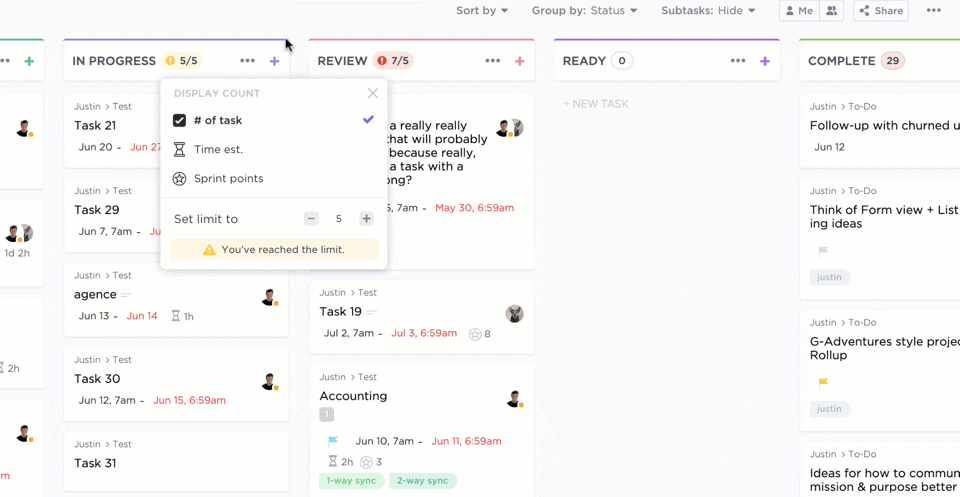
“This is not what I had in mind!” To avoid such customer feedback, consider using the scalable project methodology that breaks down a project into two-week-long sprints. Who doesn’t need record turnaround times with feedback, transparency, time management, and within budget?
When confusion arises on the interpretation of terms in programming, blame it on the blueprint. A blueprint is a set of related yet subtly different ideas. The project management term also refers to a graphical representation of software design. It gives a summarized visual presentation of a complex project or concept.
A case study is an in-depth story about real-life issues and the application of concepts in society. You’ll find many anecdotes give a practical aspect to theoretical concepts for this project management term.
When evaluating the performance of a project concerning the budget, the Cost Performance Index (CPI) ratio shows if the project is cost-effective. Is it within, below, or beyond the budget? The formula is CPI= earned value (EV) / actual cost (AC).
A management approach that integrates the set of tasks, timelines, and resources required to ensure the timely completion of a project within the budget. It evaluates the capacity of a team to complete a project based on needs and the resources at their disposal.
The critical path identifies the essentials required to complete a task. It all goes to improving efficiency by eliminating irrelevant and time-wasting activities. More resources can go into critical tasks to hasten project completion if required.
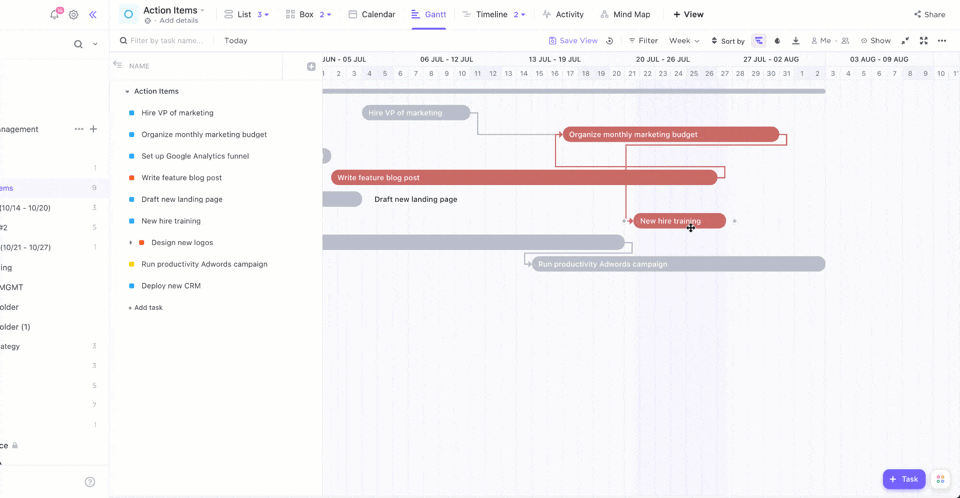
67% of projects fail for mismanagement of time or money. Astute project managers stay out of trouble by formulating a strategic plan. Critical success factors comprise the strategic plan or work plan that guarantees a successful project.
Project managers should identify distinct critical factors such as requirements, milestones, deliverables, software, and open communication plans.
Interrelationships in project management occur where a task, a condition, or an occurrence depends on the completion of a previous task or a successor task. Dependencies give priority direction on relationships between tasks and their order to maintain a stable workflow.

Project management requires a quantitative methodology for constant assessment of a project’s progress. Earned Value Management provides parameters for evaluating the progress of a project against schedule and budgetary allocation. Project managers use those metrics to forecast the project and adjust to emerging variances.
Sometimes a project falls back on schedule. Blame burnout, lack of resources, unclear goals, and poor communication for it, but that does not belie the necessity to achieve milestones. How else, but by fast-tracking the project by using schedule compression tricks! Fast-tracking, therefore, involves tactics such as overlapping tasks or performing them in parallel to complete the project by the original delivery date.
As a problem-solving tool, it connects segments of a project and enhances the flow and processing of information. In addition, a flowchart software may serve other functions, such as simplifying complex concepts to make them easier to visualize and understand.
An iterative software development model involves repeating activities in cycles or iterations. It leads to the production of a new version of the software until the desired or best version is developed.
The incremental method breaks down the software development task into small portions. Each portion’s development improves the previous one so that the project progresses in stages. Iterative Incremental Process, you’re right, combines these two complementary approaches so that improvements on a project occur at every stage of development and not in a linear fashion.
A Kanban board allows you to see pending, in progress, and completed tasks in real-time. The Kanban method breaks down a project into bits of tasks. In this method, you use sticky notes or Kanban cards to visually represent the tasks.
The Kanban board provides information that helps managers eliminate irrelevant and wasteful tasks. It makes teams highly productive by increasing their focus on the crucial elements of the development process.

Effective project management requires a clear outline of goals or targets. So how do you order and evaluate them according to priority? That’s where key performance indicators come in by providing metrics to gauge your performance in meeting key targets or goals.
The indicator tracks performance in key goals only. Key performance indicators vary depending on what a business considers the overriding indicator of measure of its success.
Lead time defines the time it takes to fulfill an order after a customer places it. It provides a lead in the performance of the business because it directly reflects on work output and customer satisfaction regardless of the stage or nature of the project. It revolves around:
Open and effective communication in team meetings helps members keep goals and targets in focus. Making the most out of a meeting requires a meeting agenda, which is an outline of the issues intended for discussion in the session. A simple meeting agenda or a formal one avoids wastage of time on mundane matters, veering off-topic and failing to address key project issues.
You should consult other team members in setting up the meeting agenda to allow them to prepare. In addition, they should know what to do before and after the meeting and their roles in the meeting.
After attending a meeting, you may leave with a personal list of your takeaways from the discussion and presentations. Those are casual notes or meeting notes. They are not meeting minutes. Meeting minutes are an official version of your meeting notes and are followed by the unanimous approval of all those who attended as a true record of all that was discussed or happened in the meeting.
Every project has key achievements or checkpoints used to identify major stages in the development of a project. A milestone, therefore, points out a significant event in project development. It helps a team to track its progress as compared to its goals.
Without it, it would be impossible to gain a perspective on deadlines or structure the project. Different managers use factors such as specific due dates according to the project schedule or the attainment of approvals of project stakeholders to develop milestones.
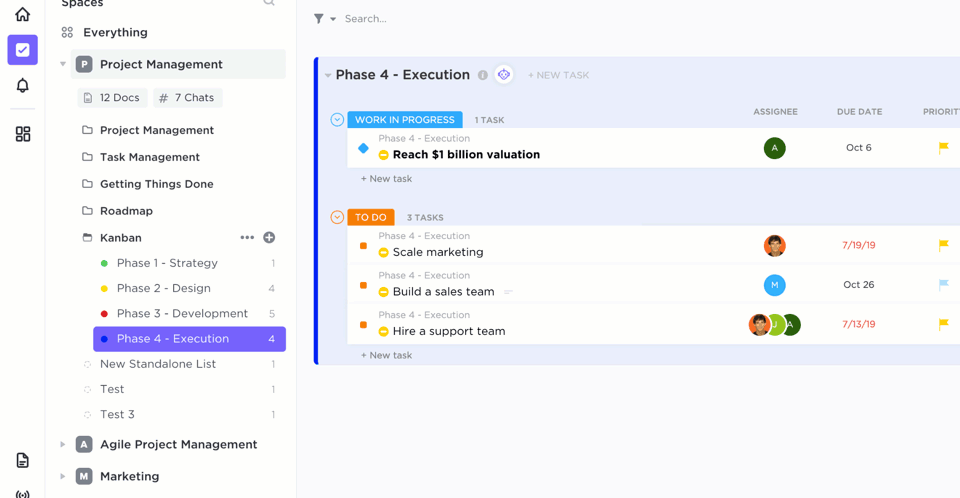
If you picture a tree with multiple branches, you’re on the way to grasping this mind map concept. A mind map defines a key concept with related ideas or sub-concepts growing from it. They come in handy in remote and in-house project planning and management.
Each branch of a mind map has a keyword or an image flowing from it. The whole image comes alive with different colors to define each section. It links ideas to the main concept for problem-solving, organization, brainstorming, and planning.
If asked to describe your company, you would have a lot to say: its relevance to the industry or society, the geographical location, its operations, its goal, the nature of its services or products, its customers, and so much more. Summarize that into one sentence, and you have your company’s mission statement! A good mission statement is a selling point when it recognizes its customers’ needs or the solutions it offers.
Growing a business or delivering on a project need not be complicated if you have a clear objective. An objective or a goal encompasses the targets you set to guide your tasks or operations. Through it, you can enhance accountability, identify and solve problems, and focus on areas that require improvement. It supports your company’s vision as captured in the mission statement. Completing your goal achieves your objective.
Project activity is a task with subtasks within it. The completion of the subtasks leads to the achievement of that milestone or main task. For example, in a case where the core task is to create a presentation, the subtasks would include: gathering content, designing the slide deck, reviewing with key stakeholders, and building the final deliverable.
A project budget gives the total estimates or projected expenditures or costs required to complete a project within a specified period. It highlights the costs at every stage in the project’s life cycle. Miscalculations in budgetary requirements can cause deficits or misuse of funds that would hamper deliverables. A project’s budget is a factor in project approval that measures performance.
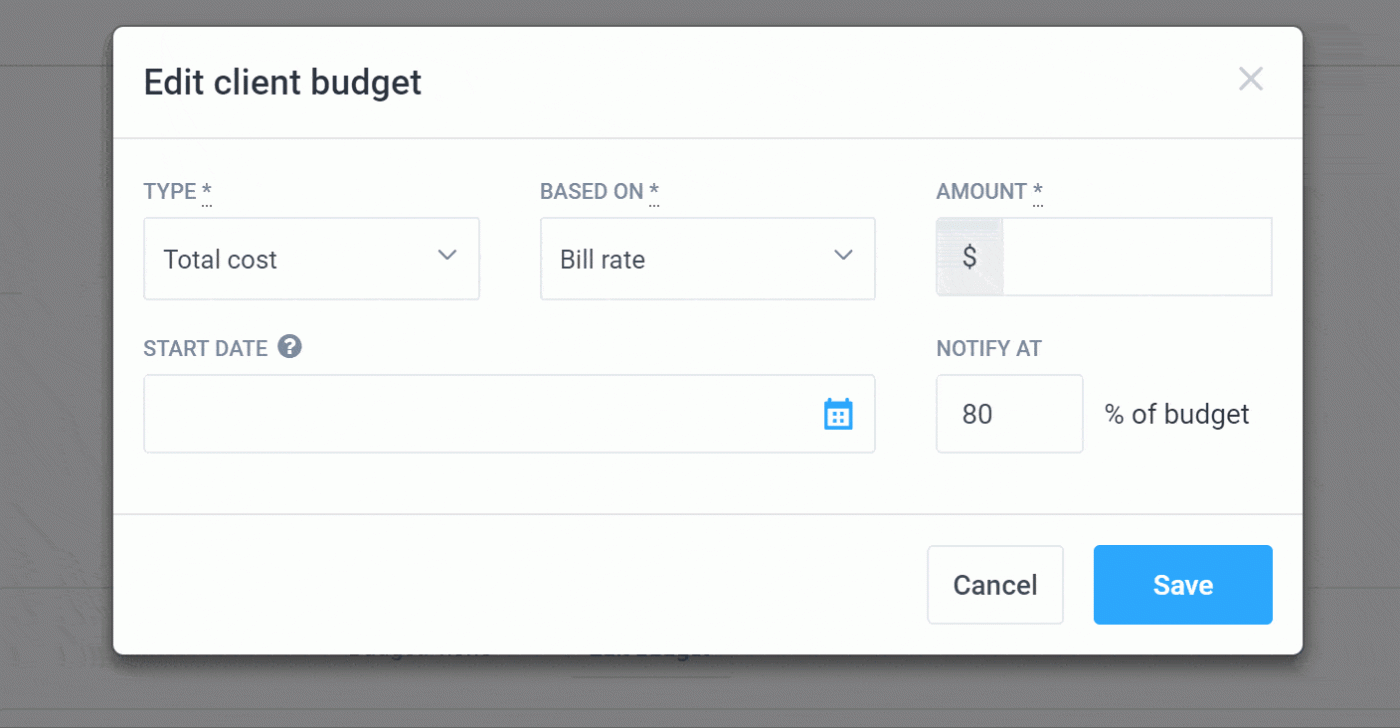
Deliverables are the outcomes of activities that comprise a project. This means that project deliverables are not the ultimate result of a project. Project deliverables are services or products attained from a project and delivered to a client. A deliverable must have the approval of stakeholders and play a specific role in the objectives of the project.
Whenever a project comes to fruition, it begins with a clear statement of its desired outcome. These statements define project goals by stating the overall projection of what the project will achieve. If project goals define outcomes only, they become vague.
You can counter the ambiguity by narrowing it down to specific aspects of the project like time goals, performance goals, and resource goals. So, if you plan to have 20 new clients in the coming year, you must assess and see if your goal is achievable, time-bound, quantifiable, realistic, and specific, to qualify as a valid project goal.
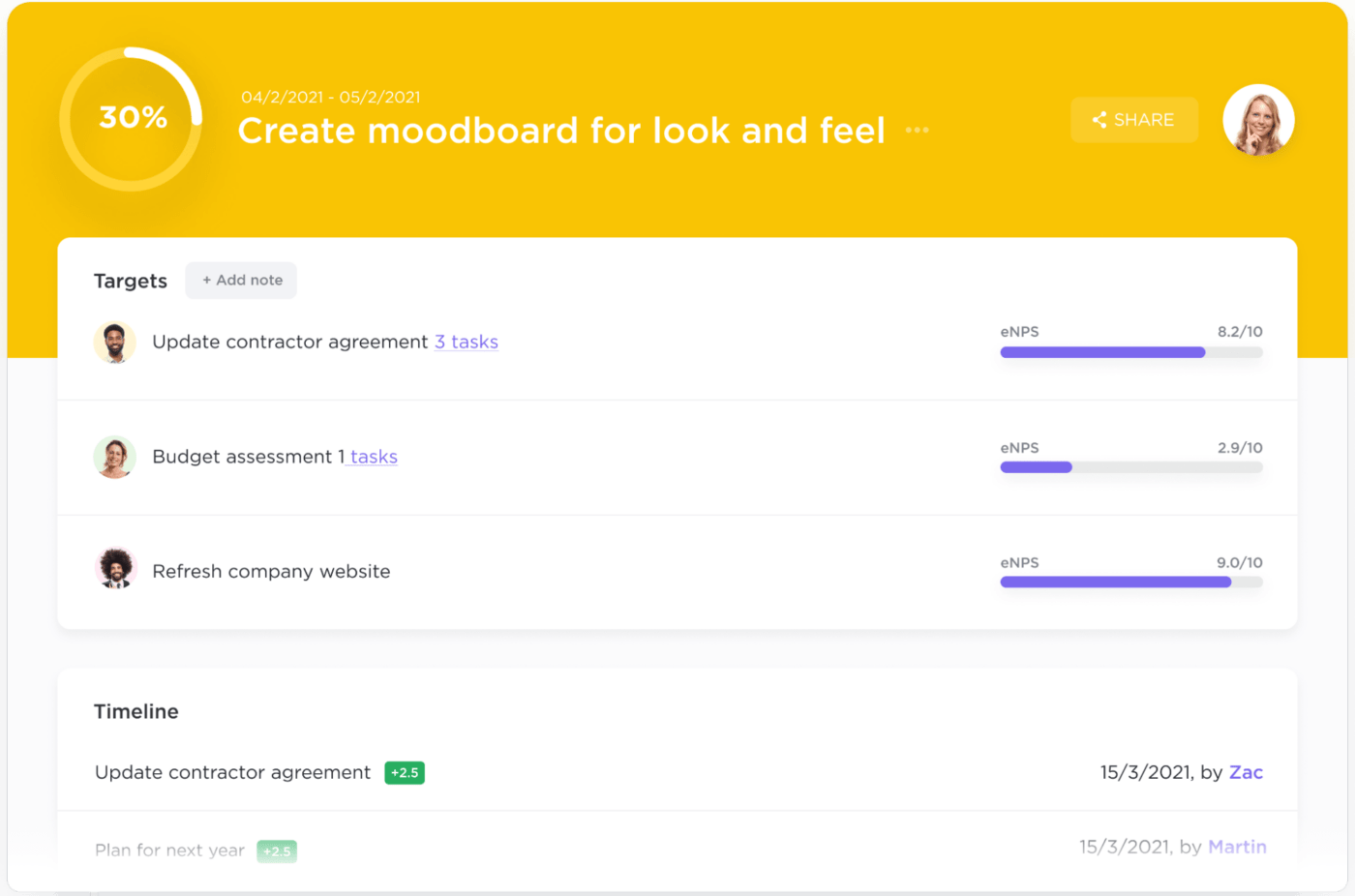
We hear that just about everything has a beginning and an end. That includes your project. A project life cycle is a process that a project follows from its inception to its end. A daunting thought indeed, if you consider it means managing all the aspects that comprise a project life cycle: deliverables, the team, the process, and customers’ needs.
This not-for-profit association gives professional membership to program managers and project managers. In addition, PMI gives its members the Project Management Professional accreditation that is recognized all over the world. This credential provides employers and customers confidence in the professional’s qualifications in managing projects. Considering the number of resources sunk into projects, it would be worthwhile to ensure that your team has a certified professional at its helm.
This is the individual vested with the responsibility of planning and directing a project to its completion by ensuring deadlines, budget and deliverables remain in focus. They provide direction of the project life cycle by exploiting resources to maximize efficiency, decreasing costs while increasing revenue, and shaping the overall mission and goals of the organization. The specific duties of a PM depend on the nature of their industry and the types of projects involved.
Goals and objectives are different project management terms. Project objectives are specific statements of what your team must achieve, and the intended outcome of meeting objectives is the goal. Project objectives require a concise strategy and a means or tools of quantifying them such as a progress-tracking dashboard to keep the project on track.
Project Portfolio management is a task in project management involving the selection, ordering, and control of a project or program as guided by its capacity and objectives. It provides value by choosing projects, aligning them to a company’s strategic plan, and optimizing limited resources for synergy between projects.
Through such measures, an organization will not engage in irrelevant projects or too many projects, leading to failure due to a lack of proper management and coordination.
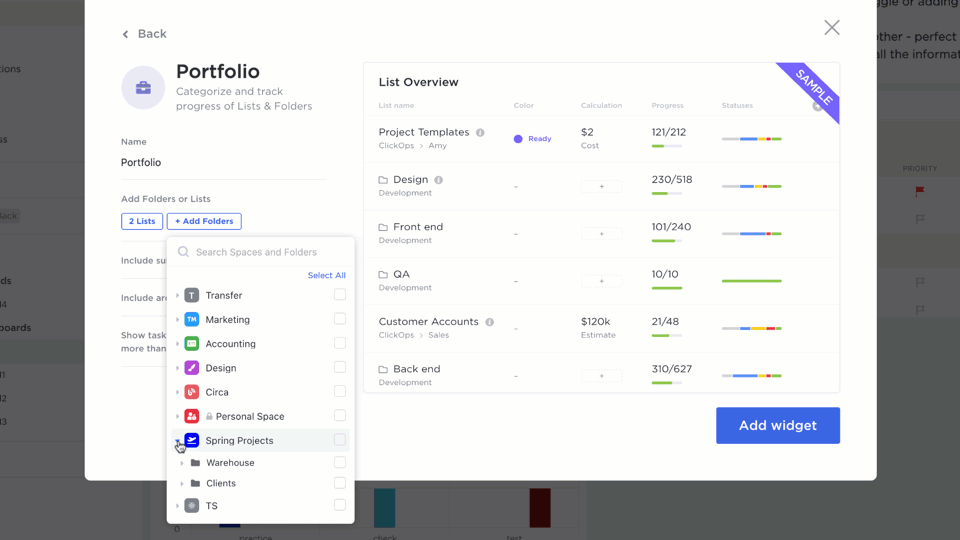
At any given time, you wish to be up to speed with the progress of your project especially concerning accounting for time. The appropriate time management resources will help you keep deadlines in focus and pass communication to other team members and clients on the project’s status. Project schedule tools go beyond the traditional pen, paper, and calendars. You can create tasks, slot them into specific days, and mark their expected start and finish times with an online calendar.
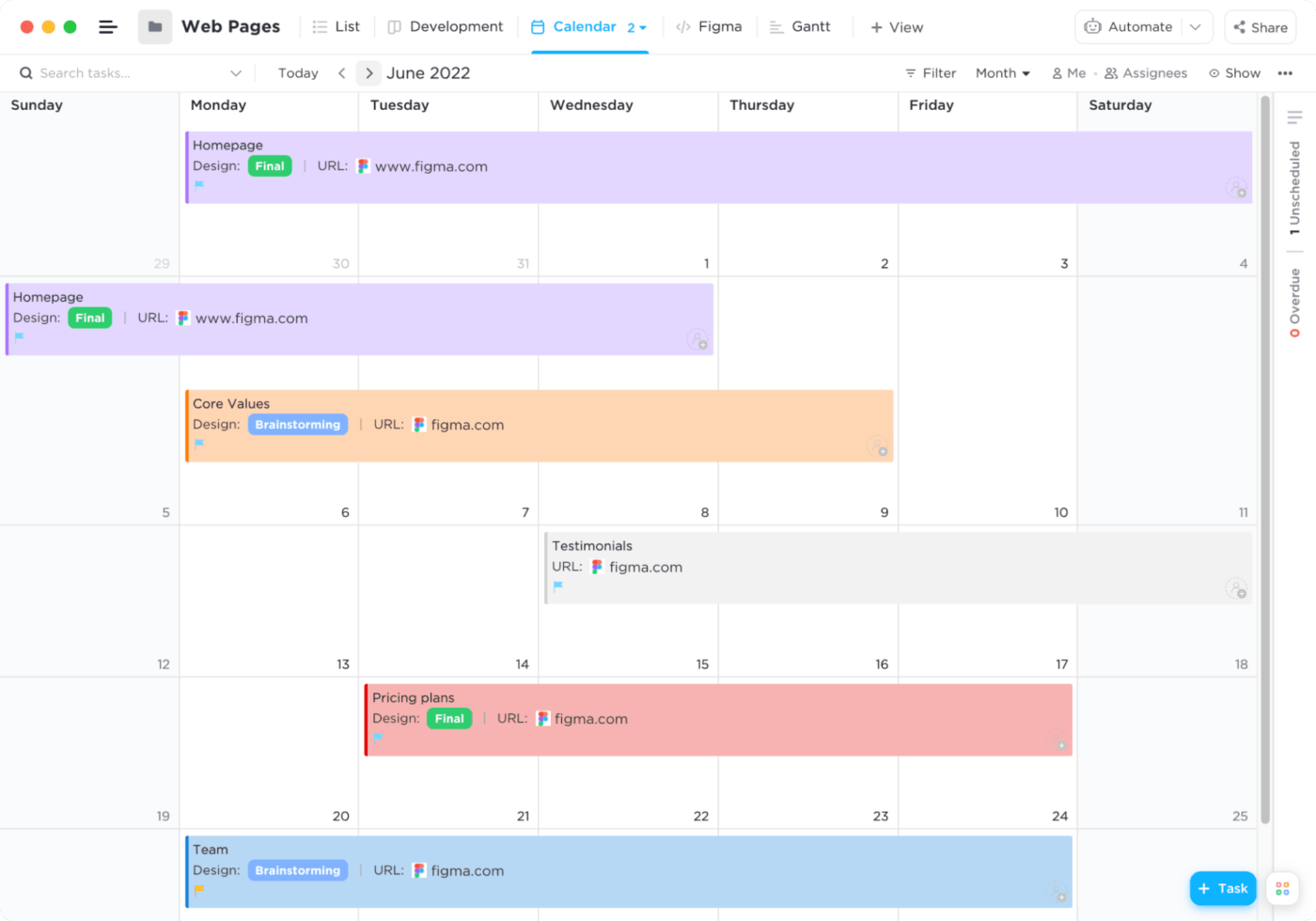
Before a project begins, there must be a detailed statement of all its aspects. That statement is the project scope, and it captures aspects like the required resources, deliverables, all tasks or phases related to the project, limits, and timelines. It is the justification of a project, and it documents its specific goals and measures of success.
A project stakeholder is a person, group, or organization with an interest in a project’s activities or participates in them at any level. These entities stand to lose or gain directly from the project. Good managers must identify stakeholders and their roles and needs and communicate to them the project scope.
A project must have a schedule. However, things don’t always go as planned, and situations like delayed milestones and backlogs plague projects. A project timeline is a chronological ordering of a project’s key events and tasks to ensure they run on schedule. It captures and communicates deadlines, task dependencies, specific tasks, and projected task durations to various stakeholders.
One of the project management terms to know is Quality assurance, which is a project management principle that keeps a company from magnifying mistakes and avoiding exposure to risks. It guides managers in developing quality deliverables, setting standards for excellence, and eliminating pitfalls. Quality assurance, therefore, focuses on the delivery of not only a complete package but the best results in the industry to maintain and grow a customer base.
Project managers seek excellence not as a one-time hit but as a sustained effort. Quality management ensures consistent delivery of quality services, products, or other deliverables throughout the project’s life cycle. Its identifiable characteristics include functionality, performance, suitability, consistency, and reliability. An organization comes up with its standards of measuring these levels as per the project.
This aspect of project planning helps to decide on the priorities of a project. It occurs at the planning stage and helps the team and the manager settle on the critical matters leading to a successful project. It lists the required resources, the tasks involved, and the objectives. In addition, this step states the quality standards that the project must meet.
A RACI chart is a diagram that maps a person’s level of involvement within a project, so everyone clearly understands roles and responsibilities. RACI is an acronym that stands for Responsible, Accountable, Consulted, and Informed. This chart encourages communication and defines ownership, so activities in the project timeline move accordingly without confusion.
Efficient and quality management requires resource allocation, which is the strategic positioning of available resources to support the tasks intended for them. It leads to the smooth running of the project, maintains productivity, and keeps the project cost-effective. However, the availability of resources and client demands can affect resource allocation.
Resource leveling is a management technique that streamlines resource allocation, aligns it with the project schedule, and eventually eliminates allocating a project too much or insufficient resources. However, if not done properly, resources either fail to give a project optimum service or fail to reach their optimal utilization hence wastage. Therefore, you should recognize gaps in the project resources, make realistic estimates of the required resources, and create a list of priorities for resource handling and tasks.
Resources give life to organizations and projects, without which they face certain failures. Resource management keeps such dire outcomes at bay. It defines the strategies involved in planning, arranging, and distributing resources. It is part of project management, and it controls intangible and tangible resources.
Risk management identifies, evaluates, and mitigates possible threats to projects. It examines how a project may change its objectives and outcomes due to exposure to the risks. The process documents expected bottlenecks and ways to overcome them.
Scope creep defines a phenomenon where a project’s deliverables and requirements increase with the project’s progression. It puts a strain on resources since it involves activities outside the scope of the project. With this added pressure on the team, resources and time, the project loses direction and flounders or fails.
Scrum is an agile project management solution that divides projects into small segments called sprints. The iterated sprints last from a fortnight to a month. It collects customer feedback at every sprint and utilizes a scrum board to document sprint goals and tasks to maintain or improve the project’s delivery pace.
Scrum project management is a departure from the traditional project management method where a customer views the product of a project after its completion. This gave the customer no avenue of giving feedback before the completion of the project. Enter Scrum project management that breaks a project into roles, artifacts, and events.
These three are tools and roles through which the program breaks a complex project into segments called sprints lasting between two to four weeks. At the end of a sprint, the customer gives feedback to guide the management team in developing the best possible and desired product or service for the client.
A sprint is a specified or fixed period lasting between one and four weeks. It is a development cycle in the life of a project. Therefore, a scrum sprint comes about from the breaking down of a project into small boxes or tasks that require completion and approval from the stakeholders before moving on to the subsequent stage.

At the end of a sprint, a team assigns units to give feedback on the effort required to implement a backlog for a task or item in the project. This metric quantifies the abstract aspect of implementing a customer’s story, regarding the risks, complexities, and effort involved. It takes place at the product’s backlog.
This linear project management methodology gives a sequential process of completing a project. It requires the completion of one stage before moving to the next, and the steps or phases flow or cascade into each other like water going down a waterfall. It may not be flexible like the recent management solutions, but it still follows the usual phases of project management.
With these project management terms under your belt, you will now find it easy to understand and maximize resources to bring out the best of your project management tasks. Sign up for ClickUp’s blog newsletter for more project management insights and get actionable tips straight to your inbox! 📧
© 2025 ClickUp